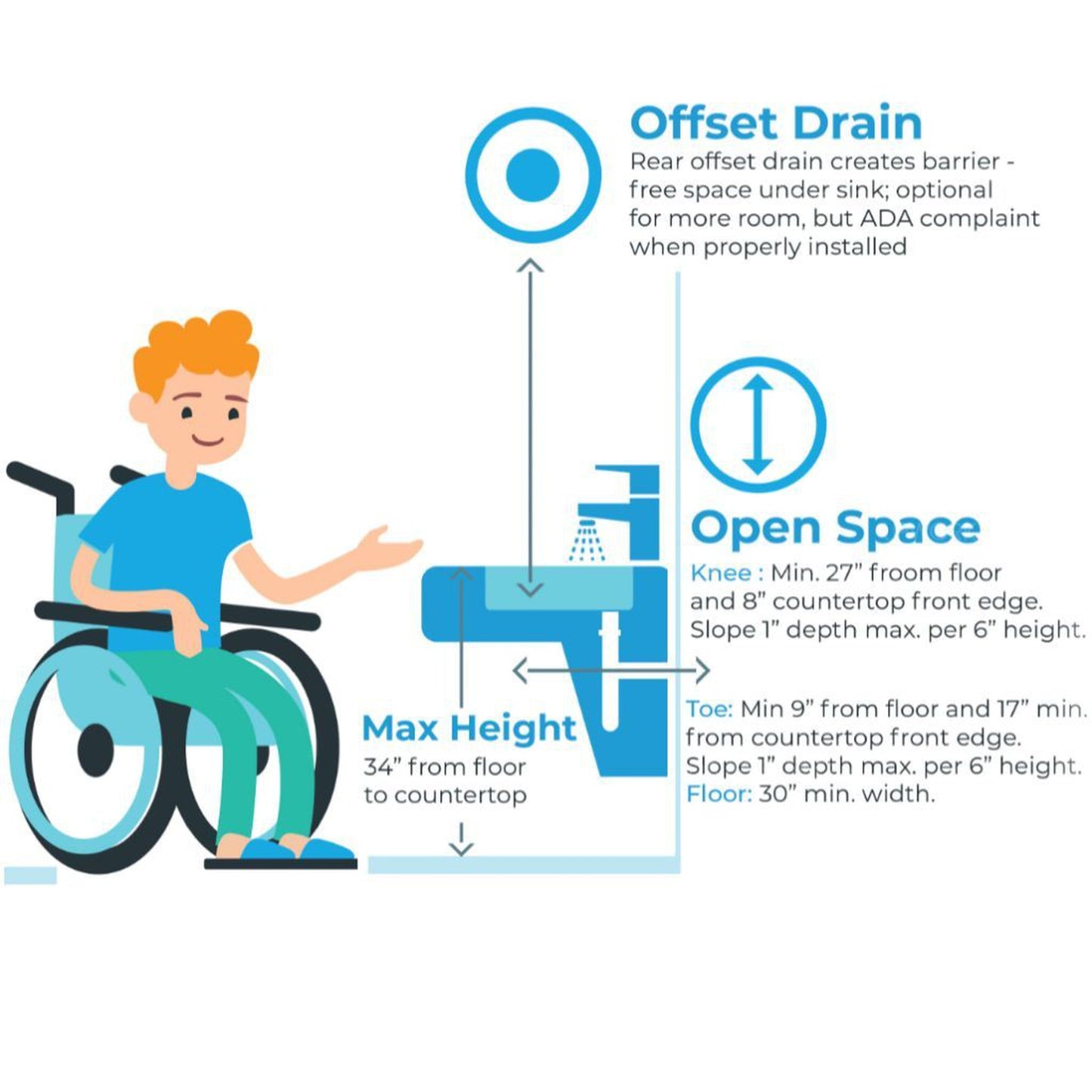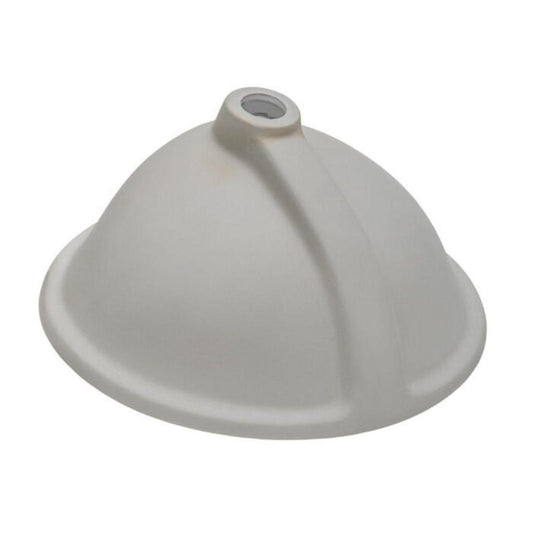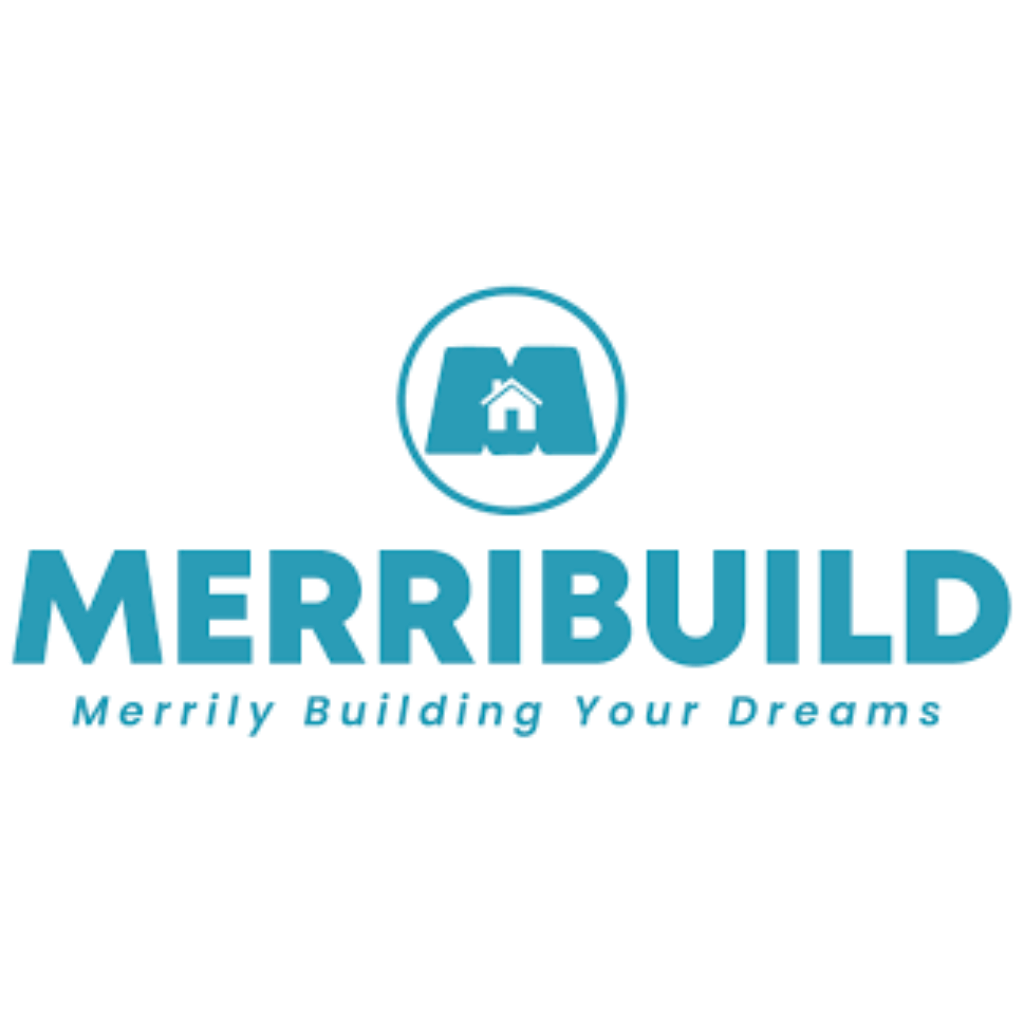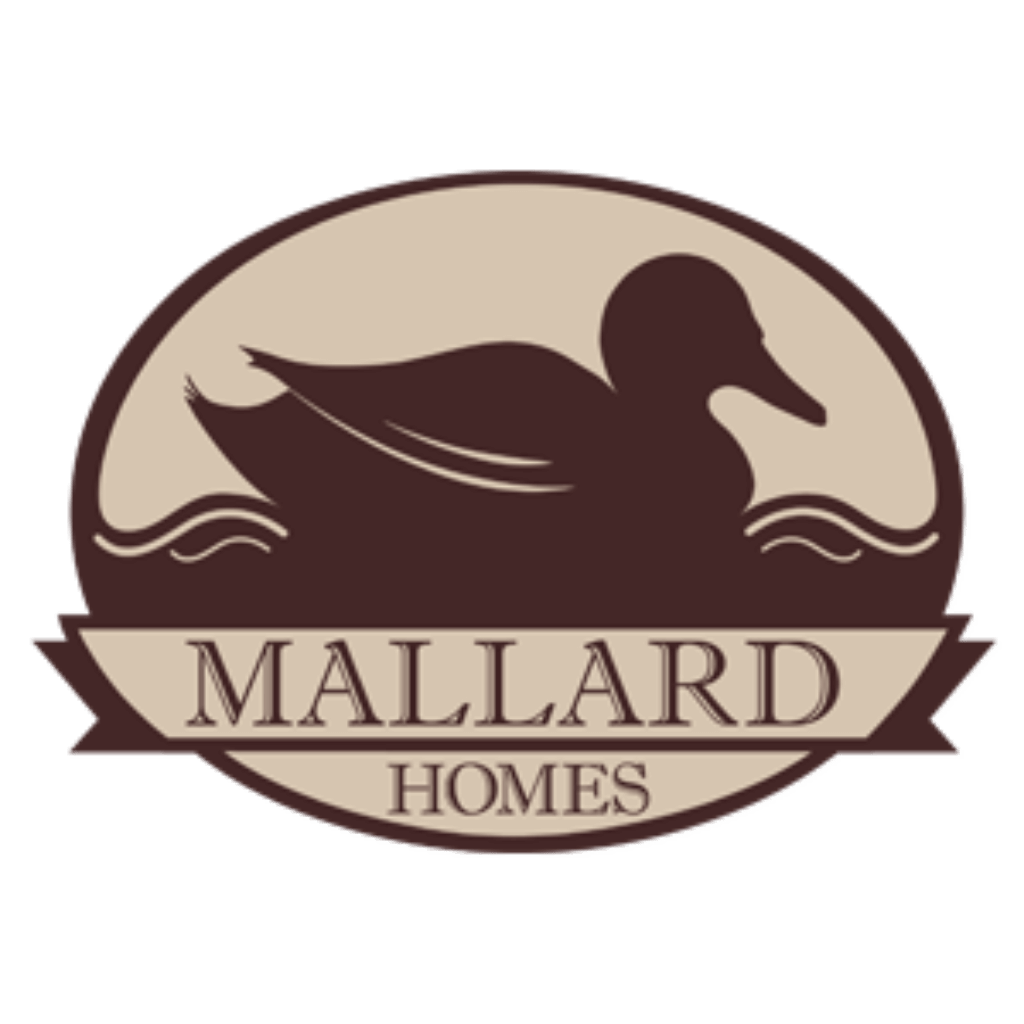SKU:ADA-1417
Allora USA 19.5" X 16" ADA Compliant Ceramic White Oval Undermount Sink With Overflow
Allora USA 19.5" X 16" ADA Compliant Ceramic White Oval Undermount Sink With Overflow
Couldn't load pickup availability
- Free Shipping on Orders Over $400
- Same-Day Order Processing
- Easy Monthly Installments Starting at 0% APR*
• Text or call 800-614-7411
• Email support@usbathstore.com
• Start a live chat
Our team is available to serve you 8:00 AM - 11:59 PM ET, 7 days a week.

Vitreous China VS. Porcelain: What's the difference? There is a decent amount of confusion when it comes to the differences between vitreous china and porcelain. Are they two different materials or the same material with different names? To state it simply and clarify, vitreous china and porcelain are made from the same exact materials; vitreous china is simply the glazing technique that is added onto porcelain for that sleek, shiny look you see on common bathroom sinks and toilet. How Porcelain is MadePorcelain is made by cooking ceramic materials such as clay, feldspar, and silica, at very high temperatures to achieve the desired look. What we mean by “desired look” is really between a glazed or unglazed look. Glazed or Unglazed?The most popular and frequently seen unglazed porcelain is commonly called bisque or biscuit porcelain, named after its light-tan, off-white coloration. Whether or not you want a glazed or unglazed finish is completely dependant on the manufacturing process, specifically, what is called the firing process. For unglazed styles, such as our VCS-1114B Vanity Sink, the firing process begins by heating up the inorganic materials of clay, feldspar, and silica to harden them. For unglazed styles, the process stops here. You are then left with a very raw, organic-looking finished product that can be fitting for a rustic or vintage bathroom decor such as a modern-day farmhouse. For glazed styles, such as vitreous china, they are subjected to a second firing process to achieve a much higher temperature. Once the right temperature is reached, an stain-resistant enamel liquid glass coating is applied on top of the porcelain. As a result, you are left with the beautiful finished product we know as vitreous china. The smooth vitreous enamel surface of vitreous china offers many benefits that unglazed sinks do not, hence the reason why glazed styles are more popular today. A few of the biggest benefits of glazed sinks are that the gloss enamel coating acts as a protective casing making it more resistant to scratches, more sanitary, and more durable. For these benefits, vitreous china is commonly the choice product for not only individual’s homes but industrial and commercial infrastructures as well as they generally last longer. Caring For Your Porcelain
|
ADA Design for Kitchens and Bathrooms When it comes to designing a new bathroom or kitchen for a client, the homeowner’s greatest priorities are likely centered on enhanced aesthetics and high performance. However, in households where one or more members of the family are living with mobility issues, safety and accessibility can take precedence over other factors. In any case, building a better bathroom that addresses all three factors at once is more possible and more common than ever before. After all, today’s newest and most innovative products and installation techniques have advanced considerably over the last decade. As the nation’s generation of Baby Boomers advance into elderly stages of life, building a better home that is safe and accessible, aesthetically pleasing, and durable, functional, and energy-efficient is the new goal among today’s best home building and remodeling companies and contractors. However, as the industry’s products and practices evolve, so have ADA Compliance conventions, codes, and practices in the United States. The ability to maintain ADA compliance is an important skill for contractors in the home remodeling and construction industry. Some specific measurements and guidelines must be met to fully satisfy the requirements for building safe and accessible, ADA-compliant homes. As one of the leading manufacturers and distributors of custom sinks and faucets in the Nation , Allora USA’s wide inventory includes high-quality, ADA-accessible kitchen and bathroom products. Demand for these products has risen sharply in recent years, and unsurprisingly, building requirements, codes, and ADA standards have continued to change. For this reason, Allora USA’s team of experts is dedicated to keeping our network of industry professionals up-to-date and informed on the latest in ADA design. In this article, we will reveal some of the most important facts that contractors should know when building handicap-accessible kitchens and bathrooms in 2020. Why Understanding ADA Compliance is Essential for Businesses
|
Features
- ADA COMPLIANT
- 24″ Minimum cabinet size
- Classic oval under-mount sink
- Unglazed underside
- Rear overflow drain
- True Vitreous China
- Scratch-resistant glaze, non-porous surface
- Installation Hardware Included
- Certified and Listed by UPC, cUPC
- Limited Lifetime Warranty
- Total Dimensions of Sink: 16″ x 19 1/4″ x 5.8″
Specifications
| Inside Dimension | 17 1/2" x 14 3/8" |
| Outside Dimension | 19 1/2" x 16" |
| Bowl Depth | 5 3/8" |
| Box Dimensions | 22x19x6 |
| Box Weight | 17 |
Dimension

Warranty
Allora USA Warranty
Allora USA warrants to the original purchaser consumer of an Allora USA sink that it will, at its option, repair or replace such product if it is found by Allora USA, in its sole judgment, to be defective under normal residential use, provided that it has been installed and maintained in accordance with Allora USA’s instructions. This limited warranty applies only to the initial installation and is not transferable from the original consumer purchaser. In the event of a limited warranty claim, proof of purchase will be required – save sales receipt. Registration must be done within 30 days of original purchase. If this product is used commercially Allora USA warrants the product to be free from defects in material and workmanship for one (1) year from the date of purchase, with all other terms of this warranty applying except duration. Improper care and cleaning will void the warranty. Gloss reduction, scratching, staining and acid or alkaline etching of the finish over time due to use, cleaning practices or water or atmospheric This limited lifetime warranty DOES NOT COVER the following:
***ANY CLAIMS MUST BE REPORTED WITHIN 30 DAYS OF INCIDENT. CLAIMS REPORTED AFTER 30 DAYS ARE NOT VALID*** |
Downloads
- ADA-1417 Installation Instruction
- ADA-1417 Specification
- ADA-1417 DXF Cut Out
- Allora USA Warranty
- Care and Maintenance Information
- Allora USA Catalog
About Allora USA
Click to see about the brandAllora USA is a privately held manufacturer of custom sinks and faucets. We use the best materials and workmanship in every product we offer. We are committed to providing the highest level of professionalism and customer service. We strive to achieve a long term relationship with our clients by delivering high-quality and cost-effective products. Allora USA is a family owned and operated business that strives to be the best distributor on the Eastern seaboard and Mid Atlantic regions. By catering to the needs of industry professionals such as builders and kitchen & bath dealers, Allora USA has quickly gained a loyal following within the trade. Our goal at Allora USA is to offer top quality faucets, sinks and strainers at the lowest possible price along with exceptional customer service. We provide innovative and cost effective product designs to meet the specialized needs of our customers. Our company enhances its reliable product line with short lead times. We have a wide selection of kitchen and bath products to meet the unique needs of our large clientele. The unique competitive advantage that Allora USA has over competitors lies in the ability to offer the most advanced faucets and other sanitary products available. We pay attention to every last detail as if it were the first. We welcome the opportunity to serve your needs. |
Faucet Options (Sold Separately)
 |
Allora USA Single Hole Brushed Nickel Bathroom Faucet With Drain Assembly
|
 |
Allora USA Tulip Single Handle Brushed Nickel Bathroom Faucet
|
 |
Allora USA Tulip Single Handle Chrome Bathroom Faucet
|
 |
Allora USA Tulip Dual Handle Centerset Brushed Nickel Bathroom Faucet
|
 |
Allora USA Tulip Dual Handle Centerset Chrome Bathroom Faucet
|
 |
Allora USA Tulip Two Handle Widespread Brushed Nickel Bathroom Faucet
|
 |
Allora USA Tulip Two Handle Widespread Chrome Bathroom Faucet
|
Frequently Asked Questions
What does ADA compliant mean?ADA (American Disabilities Act) products are specifically designed to cater to the special needs of people with physical limitations and/or disabilities. |
What size base cabinet is needed to fit this sink?This sink fits a 24" cabinet. |
What is vitreous China?Vitreous China is fired longer and at a high temperature than regular Ceramic sinks. This makes them more durable and less likely to crack or chip over time. Our porcelain sinks are all made from Vitreous China. |
What is the drain size for this sink?This sink has a standard 1.5" drain opening. |
Does this sink have an overflow?Yes, this sink has an overflow drain. |
How to take care of your new sink/faucet?
Like most things in the kitchen that needs care and attention click the links below to see how to take care of your new Allora USA product. |
How to Clean Your Bathroom Sinks and Faucets?
Your bathroom comes in contact with a lot of elements on a daily basis aside from just water. Faucets are easy places for dirt, soap, and calcium buildup to accumulate causing your faucet to look unappealing. Luckily, cleaning up your bathroom or kitchen faucet is easily accomplished. In fact, most of the materials should already be in your home already. Here’s what you’ll need:
Steps To Clean Faucets
Steps To Clean Bathroom Sink BowlFor the bowl of your bathroom sink, using bleach or other chemicals is not recommended. Try opting for a non-abrasive cleaner such as Bar Keeper’s Friend® for sink bowl cleaning. BKF is safe to use on stainless steel, porcelain, and most solid surfaces. |
Share




Thanks!!
Beautiful sink, quickly and safely shipped but it was the wrong size which was MY fault. You graciously permitted me to return it. Thank you!
Thanks!!
Beautiful sink, quickly and safely shipped but it was the wrong size which was MY fault. You graciously permitted me to return it. Thank you!
Fairly fast free delivery, installed
Fairly fast free delivery, installed as expected
Fairly fast free delivery, installed
Fairly fast free delivery, installed as expected
What our customers are saying...
-

What an excellent company and excellent products. Just like the old days when companies really cared about their customers, these guys are awesome!!!
Betty C.
Warminster, Pennsylvania
-

I was greeting in chat soon after logging into their web. She was genuine and very helpful in getting me the correct items I needed. The communication about shipping and tracking was great as well. My mind was at ease concerning my investment purchase! Thank you!
Jolene
San Jose, California
-

I've been extremely imporessed with the service--from the actual humans answeing phone calls to the accurate and prompt follow up, including and unrequested phone call to follow up on my order delivery requests.
Monica
Fairfax County, Virginia






















